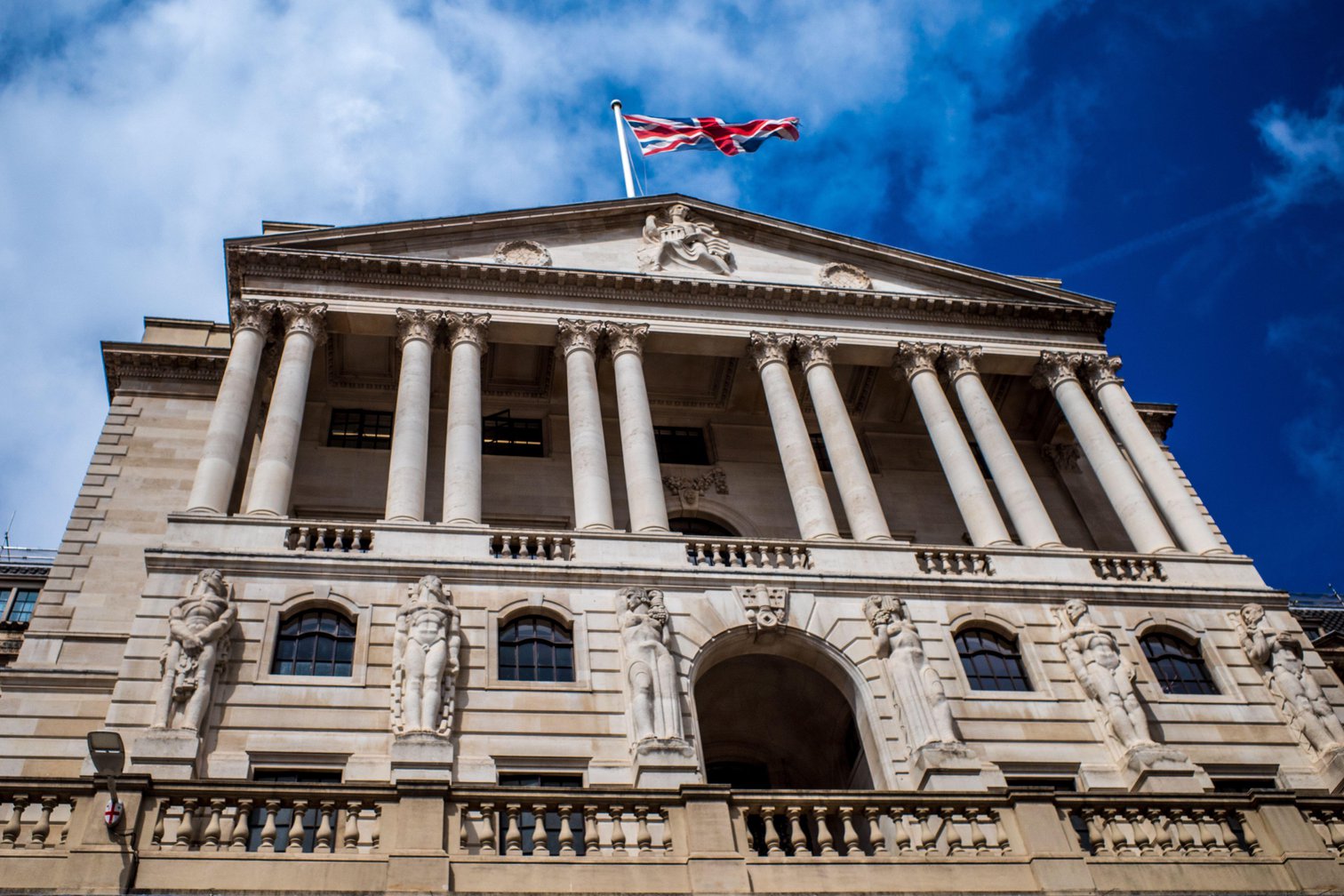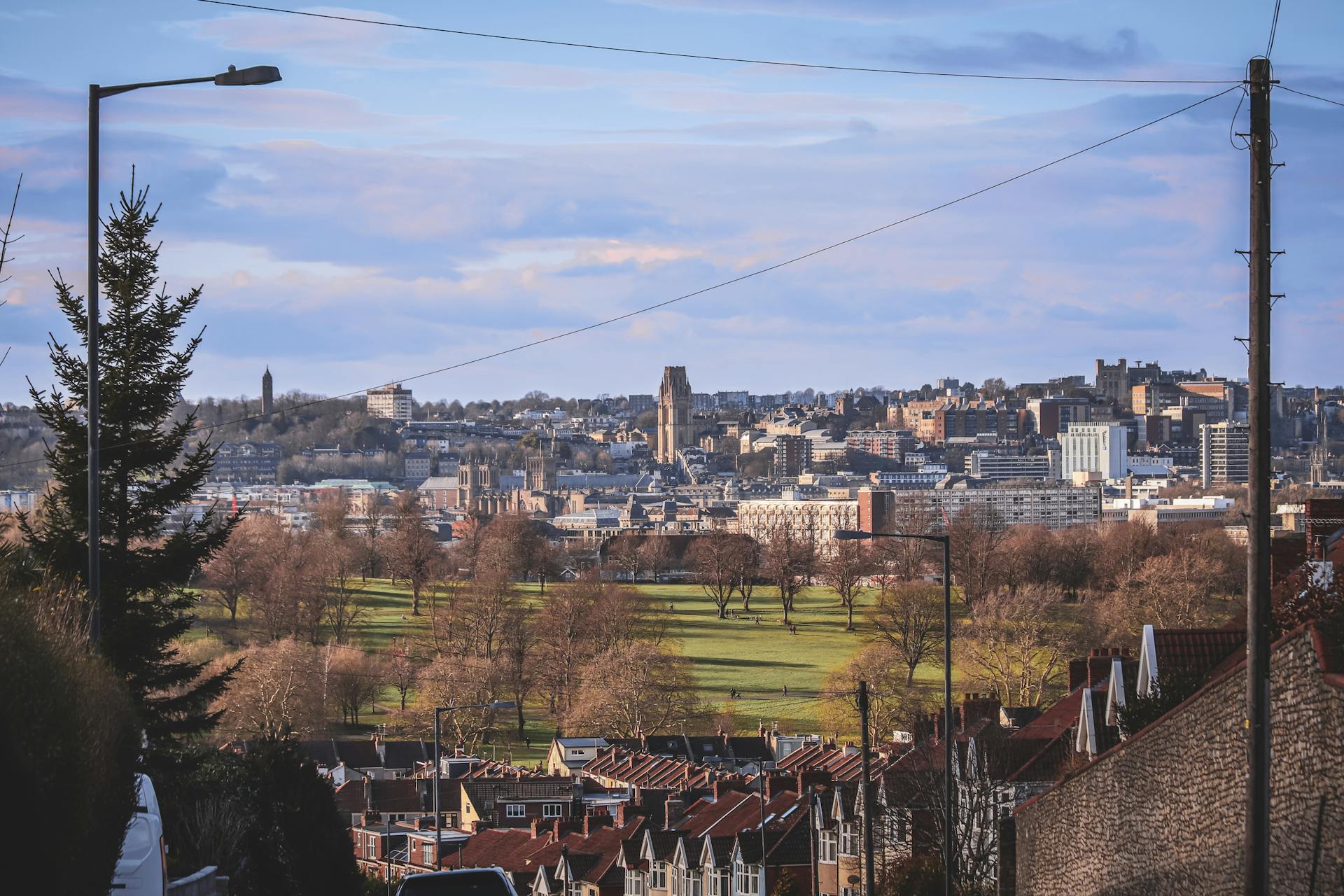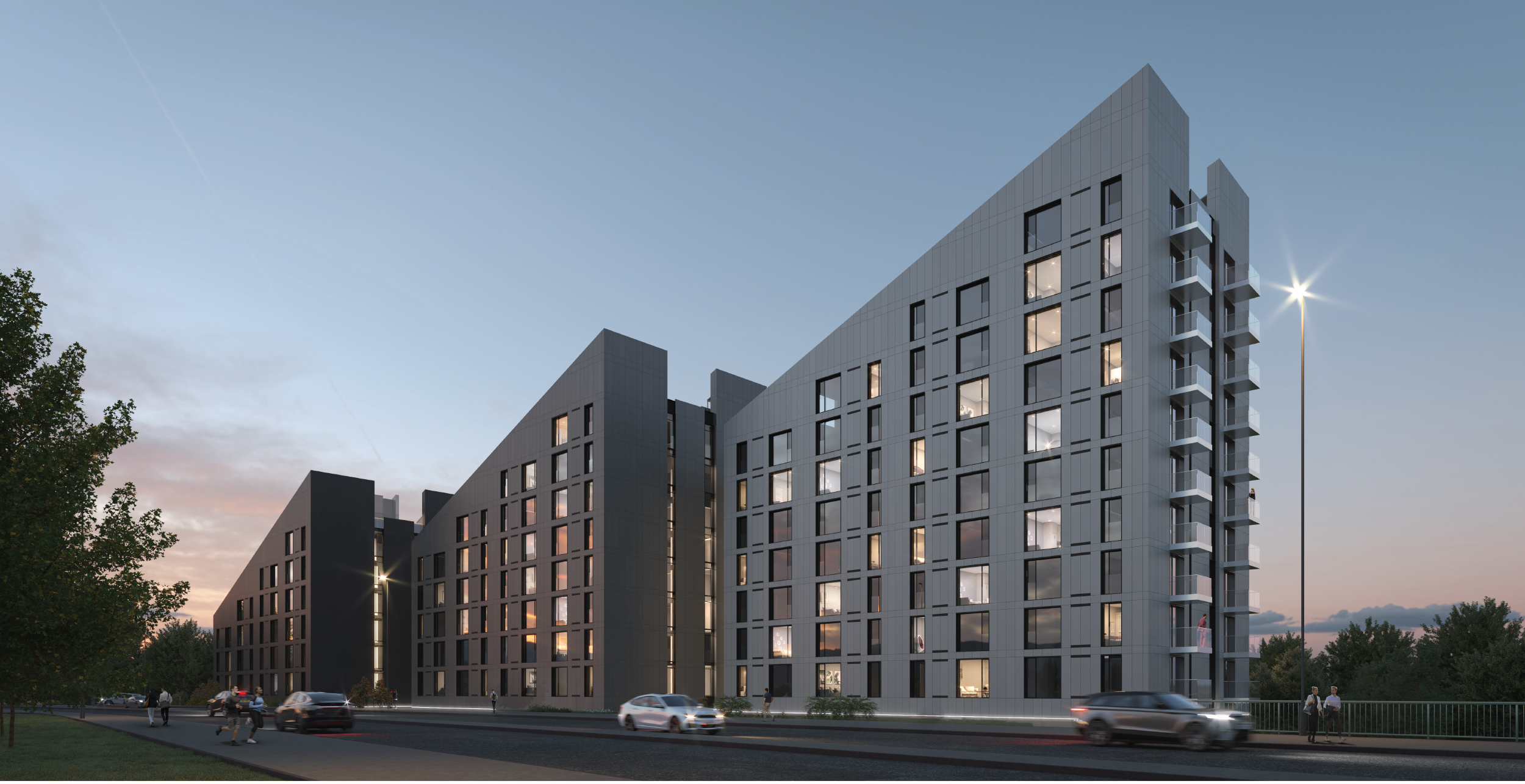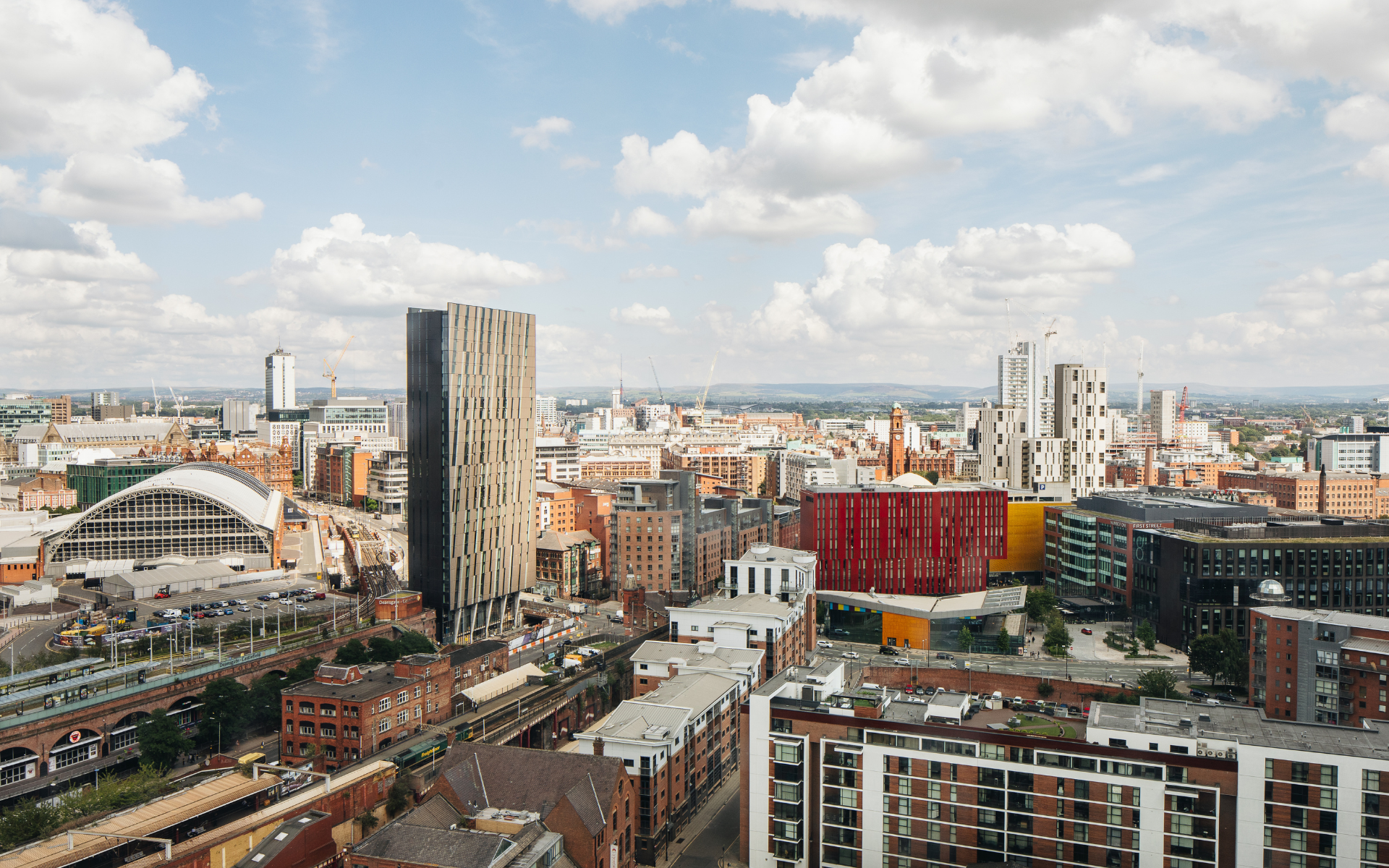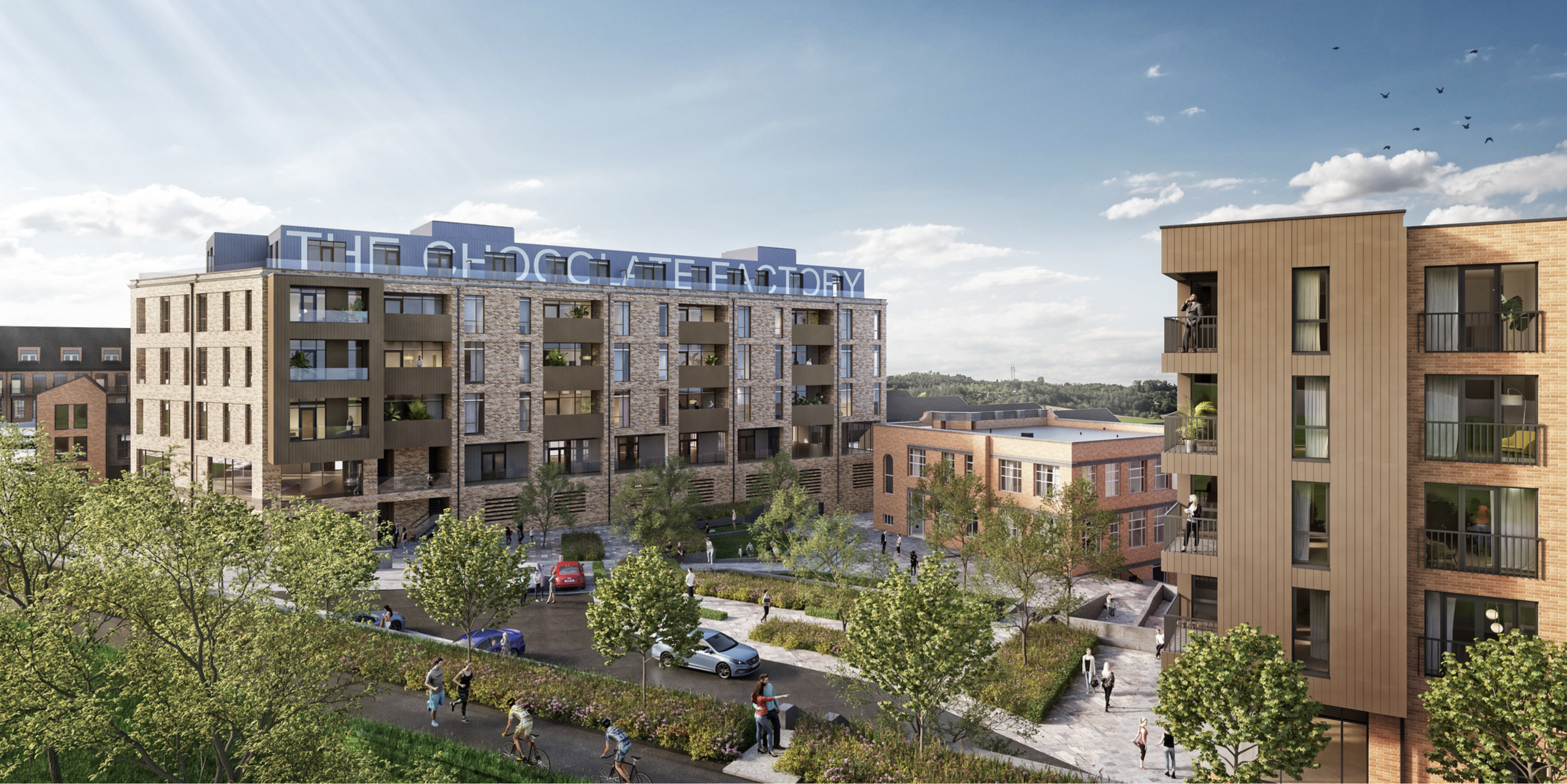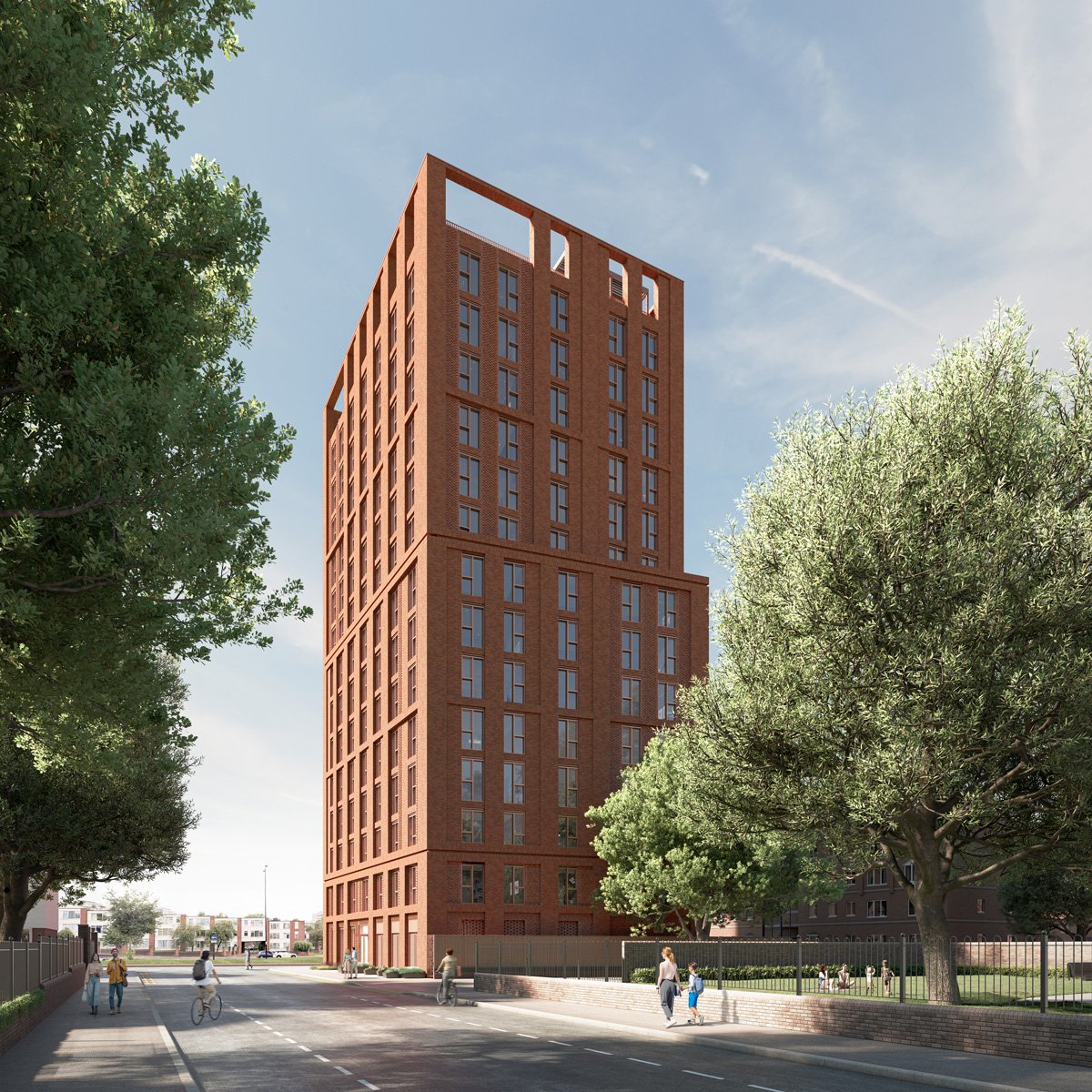A guide to buy to let property tax
When it comes to property investments, you need to know what you’re getting into. With this in mind a decent buy to let property tax guide would really come in handy…
Whilst the benefits are clear (such as solid yields and low purchase fees for off-plan builds), you will still have to pay tax. In the UK, there are very specific rules about tax, and this guide is here to help you understand the basics.
Buy to Let Property Tax Guide
Broadly speaking, buy to let (BTL) property tax is what you’ll pay for securing and earning from a rental home. It counts for every landlord in the country. Some of your income and sales gains will be handed to HMRC, but you can bring the amount down with expenses claims.
Before making a decision on any property, make sure you’re fully aware of what responsibilities you may have. Check out the points below for buy to let property tax information you may want to research into.
Stamp Duty Land Tax
When you purchase British property worth more than £125,000, the government asks that you pay Stamp Duty – a transaction fee that has been in place for hundreds of years.
Stamp Duty is a percentage of the BTL home value. It rises with certain bands. Here they are in full for England and Northern Ireland:
| Property value | Stamp Duty charge |
| £125,000 or less | 3% |
| £125,001-£250,000 | 5% |
| £250,001-£925,000 | 8% |
| £925,001-£1.5 million | 13% |
| Anything above £1.5 million | 15% |
These thresholds build on top of each other. So for instance, in a BTL property worth £300,000, you’d pay 3% on the first £125,000, 5% on the next £125,000, and 8% on the final £50,000. Stamp Duty on BTL properties is different to that on a personal property purchase, which has slightly lower percentiles. The rules also change in Scotland and Wales.
Income Tax rules
BTL income works like any other earning model, meaning you pay a higher rate in tax if you earn more as an individual (i.e. not a corporation).
The basic, higher and additional rate tax bands apply to you – check them out on the government’s website. Foreign investors (classed as non-residents of the UK) do not have the same tax requirements. Always check with local government sources what tax you may be required to pay if you are thinking of investing in overseas property.
Special mortgage tax breaks
Since April 2017, new legislation has been phasing in. You are no longer able to offset mortgage costs against the amount you pay in tax. Previously, landlords could deduct their mortgage fee from their income, and only be taxed on the remaining figure each month. The 2019/20 financial year will be the last in which some of the mortgage interest (25%) can be taken from income obligations.
Now all of your earnings from BTL property will be taxed in the standard way. The UK government has given BTL investors a 20% tax break on mortgage interest.
Capital Gains Tax
Finally, there’s tax to consider when selling a property. Capital Gains Tax has its own allowance, just like regular income, and due percentages. It only applies to any additional cash made from the sale, compared to the amount you bought the property for.
There are two bands: 18% for the basic rate, and 28% for higher rate earners. Again, several reliefs are available. You can find them here when planning your BTL sale later down the line.
Still searching for answers? Speak to Alliance Investments to find out more.
Continue Reading
